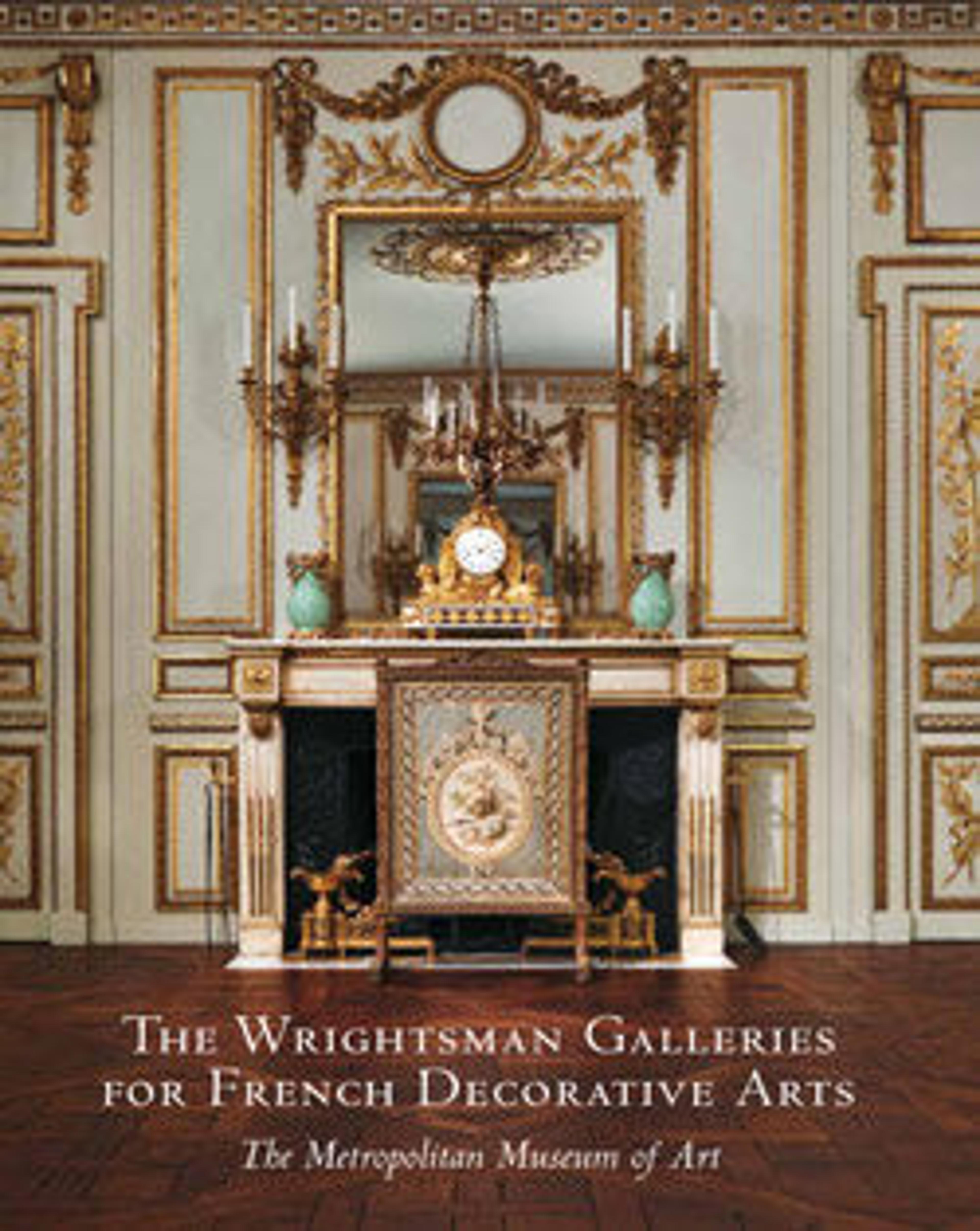Box with scene depicting Roman hero Gaius Mucius Scaevola before the Etruscan king Lars Porsena
Although this box is one of the finest surviving examples of eighteenth-century English goldsmiths’ work, little is known about its manufacture and history, or even its intended function. The comparatively large size of the box suggests that it was not meant to contain snuff but rather may have served as a presentation box, intended to reward a specific feat or service. The box is marked with the initials "P. R.," which have been interpreted as the mark of a silversmith named Peter Russell, but this identification is far from conclusive. The only secure information is provided by the signature on the lid of George Michael Moser, followed by the date 1741. Moser was a chaser, the term for those who worked the surface of metal with hammers and punches in order to create low-relief decoration.
Born in Switzerland, Moser appears to have learned the skills of chasing and gilding from his father, and he moved to England in 1726 in search of better opportunities in his trade. By the late 1730s he was established as an independent gold chaser in London, and early in the following decade he was already recognized for his outstanding abilities. At Moser’s death, the court painter Sir Joshua Reynolds (1723–1792) praised his chasing skills, "in which art he has always been considered as holding the first rank."[1]
Moser’s abilities are readily apparent in the complex and beautifully executed compositions that decorate the top and bottom of this box. The cover is chased with a scene depicting the Roman hero Gaius Mucius Scaevola before the Etruscan king Lars Porsena. The underside of the box depicts the twin founders of Rome, Romulus and Remus, suckled by a wolf in front of a river god personifying the Tiber. In the clarity of forms and precision of detail, and especially in the fluid transition from low to high relief, Moser’s work reflects chasing at its highest level of skill.
[1] Public Advertiser, January 30, 1783, quoted in Edgcumbe 2000, p. 85.
Born in Switzerland, Moser appears to have learned the skills of chasing and gilding from his father, and he moved to England in 1726 in search of better opportunities in his trade. By the late 1730s he was established as an independent gold chaser in London, and early in the following decade he was already recognized for his outstanding abilities. At Moser’s death, the court painter Sir Joshua Reynolds (1723–1792) praised his chasing skills, "in which art he has always been considered as holding the first rank."[1]
Moser’s abilities are readily apparent in the complex and beautifully executed compositions that decorate the top and bottom of this box. The cover is chased with a scene depicting the Roman hero Gaius Mucius Scaevola before the Etruscan king Lars Porsena. The underside of the box depicts the twin founders of Rome, Romulus and Remus, suckled by a wolf in front of a river god personifying the Tiber. In the clarity of forms and precision of detail, and especially in the fluid transition from low to high relief, Moser’s work reflects chasing at its highest level of skill.
[1] Public Advertiser, January 30, 1783, quoted in Edgcumbe 2000, p. 85.
Artwork Details
- Title: Box with scene depicting Roman hero Gaius Mucius Scaevola before the Etruscan king Lars Porsena
- Goldsmith: P R (British, early-mid 18th century)
- Maker: Chased by George Michael Moser (1706–1783)
- Date: 1741
- Culture: British, London
- Medium: Gold
- Dimensions: Overall (confirmed): 1 3/4 × 4 9/16 × 3 5/8 in. (4.4 × 11.6 × 9.2 cm)
- Classification: Metalwork-Gold and Platinum
- Credit Line: Gift of Mr. and Mrs. Charles Wrightsman, 1976
- Object Number: 1976.155.23
- Curatorial Department: European Sculpture and Decorative Arts
More Artwork
Research Resources
The Met provides unparalleled resources for research and welcomes an international community of students and scholars. The Met's Open Access API is where creators and researchers can connect to the The Met collection. Open Access data and public domain images are available for unrestricted commercial and noncommercial use without permission or fee.
To request images under copyright and other restrictions, please use this Image Request form.
Feedback
We continue to research and examine historical and cultural context for objects in The Met collection. If you have comments or questions about this object record, please contact us using the form below. The Museum looks forward to receiving your comments.
